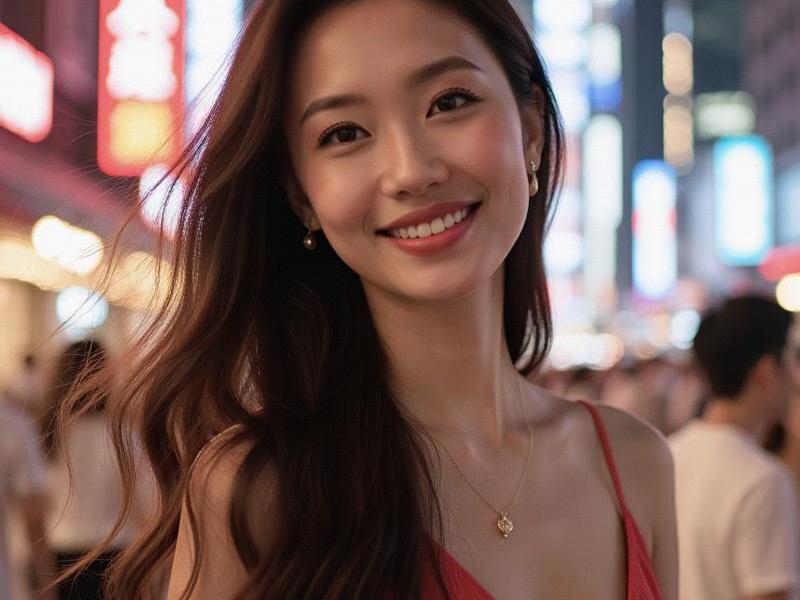
The concept of beauty in Shanghai tells a story far deeper than skin care routines and fashion choices—it reveals the soul of China's most dynamic metropolis. For over a century, Shanghai women have served as both trendsetters and cultural barometers, their evolving styles reflecting the city's complex relationship with tradition and modernity.
Historical Foundations:
Shanghai's beauty ideals emerged from unique historical circumstances:
• 1920s-1940s: The "Modern Girl" phenomenon blended Chinese qipao elegance with Western flapper daring
• 1950s-1970s: Austere revolutionary styles suppressed individuality
• 1980s Reforms: Permed hair and colorful dresses signaled new freedoms
• 1990s Economic Boom: Luxury brands arrived, creating aspirational beauty standards
Today's Shanghai woman navigates a sophisticated beauty landscape where ancient Chinese concepts like "bai xi mei" (fair, thin, beautiful) coexist with global body positivity movements. This tension produces fascinating hybrid aesthetics seen nowhere else in China.
The Beauty Economy:
Shanghai's cosmetic industry generates ¥58 billion annually, with several distinctive characteristics:
- Skincare over makeup: 63% of beauty spending goes to skincare products
- Medical aesthetics: Non-surgical procedures grew 300% since 2015
- Male grooming: 28% of customers are now men (national average: 19%)
上海神女论坛 - Customization: Bespoke beauty products account for 15% market share
Fashion Districts as Cultural Barometers:
Different neighborhoods showcase style subcultures:
1. Xintiandi: Power dressing with designer labels
2. Tianzifang: Bohemian chic with artisanal touches
3. Nanjing Road: Mass-market trends and fast fashion
4. Former French Concession: Vintage-inspired elegance
The "Shanghai Look" Deconstructed:
Contemporary Shanghainese beauty combines:
• Porcelain skin achieved through advanced skincare
• Slim yet curvaceous "bamboo shoot" silhouette
• Natural-looking makeup emphasizing bright eyes
• Hair with subtle coloring and texture
上海龙凤千花1314 • Outfits blending Eastern and Western elements
Industry Innovators:
Shanghai-born beauty entrepreneurs are reshaping standards:
- Xiaohongshu (Little Red Book) founders created China's top beauty app
- Florasis revives traditional Chinese makeup with modern twists
- Chando leads the affordable luxury skincare market
- SHEIN revolutionized fast fashion from its Shanghai base
Cultural Preservation Efforts:
Traditional beauty practices experience revivals:
- Silk embroidery techniques in haute couture
- Herbal medicine principles in skincare
- Qipao modernizations by young designers
- Jade jewelry reinterpretations
上海龙凤419足疗按摩 Social Media Influence:
Douyin (TikTok) beauty influencers based in Shanghai:
• Average 3.2 million followers each
• Drive 38% of luxury beauty sales
• crteeaviral challenges like "Shanghai Glow" makeup
• Partner with international brands for localized campaigns
Future Trends Emerging:
1. "Smart Beauty" devices connecting to health apps
2. Sustainable and vegan product lines
3. AR virtual try-on technology in stores
4. DNA-based personalized skincare
5. Gender-neutral beauty products
As Shanghai moves toward its 2035 vision as a global fashion capital, its women continue redefining beauty on their own terms—honoring tradition while embracing innovation, much like the city itself. Their style journey mirrors Shanghai's broader transformation from treaty port to trendsetter, proving that in this dynamic metropolis, beauty remains both art and identity.
